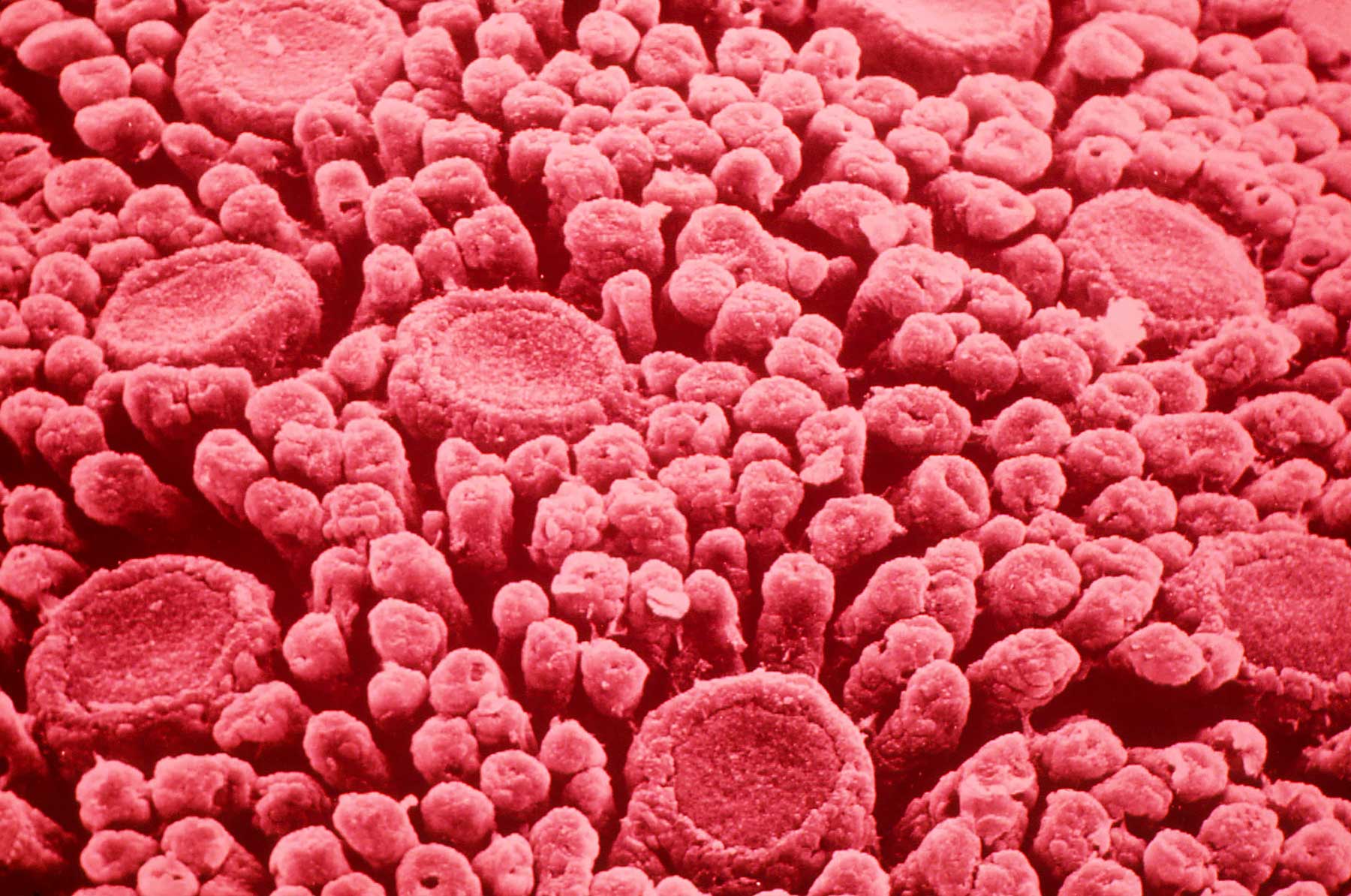
The fungiform papillae are those associated with the sweet taste.

They have a flattened head and a more reddish coloration than the other taste buds since they receive a greater blood supply. The fungiform papillae are found throughout the surface of the tongue, although they are especially concentrated on the lingual tip. So let’s see how taste buds are classified. How are taste buds classified?Īlthough it is a myth that there are specific regions of the tongue responsible for certain flavors, it is true that there are different types of taste buds and that each of them, due to the particularities in their structure and nature of their taste corpuscles, is specialized in the processing of certain organoleptic molecules and, therefore, in the experimentation of specific flavors.ĭepending on the proteins that these taste corpuscles present on the surface of the chemoreceptor cells, bind to specific molecules and trigger a nervous response whose nature will cause the brain to process it as one of the basic flavors. It is thanks to its unique ability to turn chemical information in food into understandable nervous messages for the brain that we can experience the basic flavors (sweet, salty, bitter, sour, spicy and umami) and the infinite nuances and combinations between them. And once in it, it will process the nervous message to allow for taste experimentation.Īs we can see, the sense of taste is a true feat of biology and, without a doubt, the taste buds are the main protagonists. That is, these chemoreceptor neurons present within the cavities of the taste buds trap the organoleptic molecules of what we eat and generate a specific electrical impulse of chemical information to transmit it, through the nervous system, to the brain. These papillae have a kind of cavities through which the organoleptic molecules of the food enter until they make contact with these receptors.Įach of the more than 10,000 taste buds on the tongue has between 10 and 50 of these receptor nerve cells, which regenerate every 10 days or so and are about chemoreceptor neurons capable of reading the properties of molecules that have entered the mouth and, depending on its chemical structure and the type of molecule, generate an electrical impulse tailored to the chemical information they have captured. And here the taste corpuscles come into play, which are the neural receptors of the taste buds. In this sense, the taste buds are a combination of different types of cells, some of them having a structural function and others, the most interesting, a nerve function. These are small bumps located on the surface of the mucous membrane of the tongue and contain nerve cells capable of converting the chemical information of food into a processable nervous message for the brain, which will ultimately allow the experimentation of the flavor in question. This is, broadly speaking, its definition. The taste buds are the sensory receptors for the sense of taste. And today, in this article, we will embark on an exciting journey to discover the peculiarities of each of them. Depending on how they act, where they are and what flavors they perceive most accurately, taste buds are classified into different types. More than 10,000 taste buds are located throughout our tongue so that we can enjoy the infinite flavors and nuances that are hidden within each food that we chew in our mouth.īut are all taste buds the same? No.


These small bumps located on the mucous membrane of the tongue contain sensory receptors that allow the experimentation of the sense of taste to be triggered. Now, what is it that makes the existence of the sense of taste possible? Here we must put first and last names: the taste buds. And if so, it is thanks to the magic of the sense of taste, that part of the nervous system capable of converting the chemical information of food into neurological signals that, after being processed by the brain, allow us to feel the infinite flavors that make of the food, a unique experience. Eating is, without a doubt, one of life’s great pleasures.


 0 kommentar(er)
0 kommentar(er)
